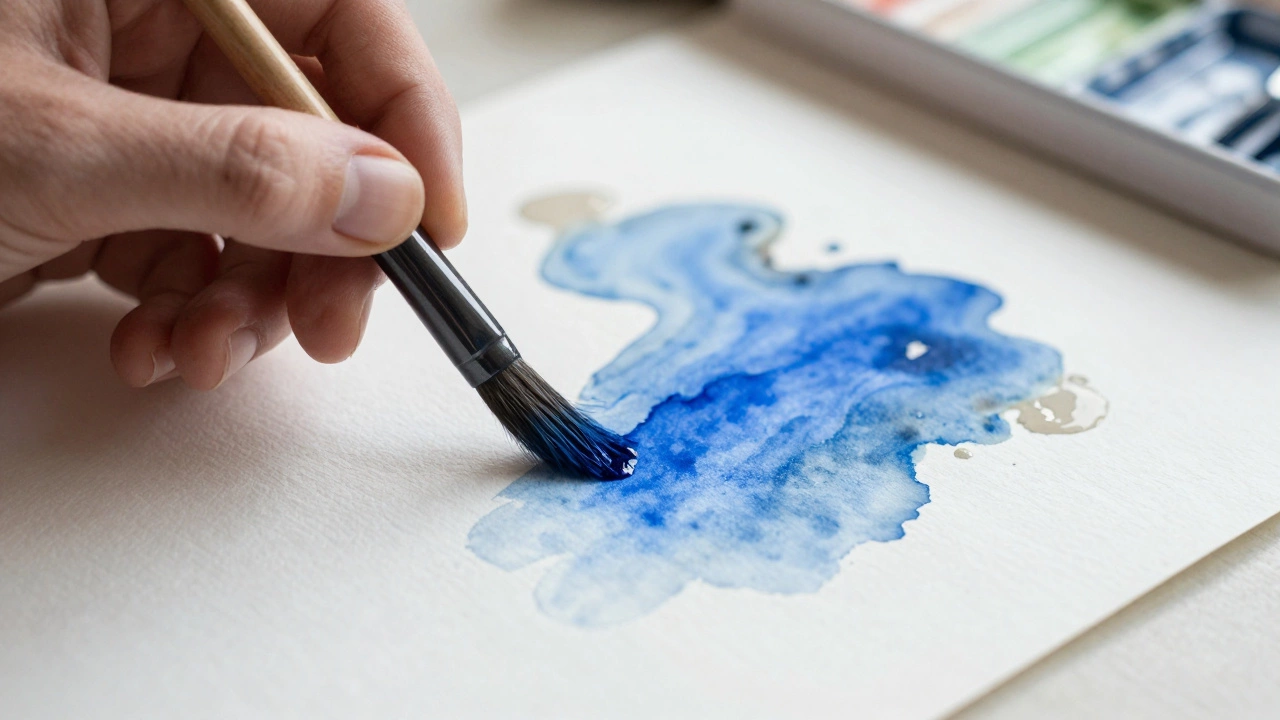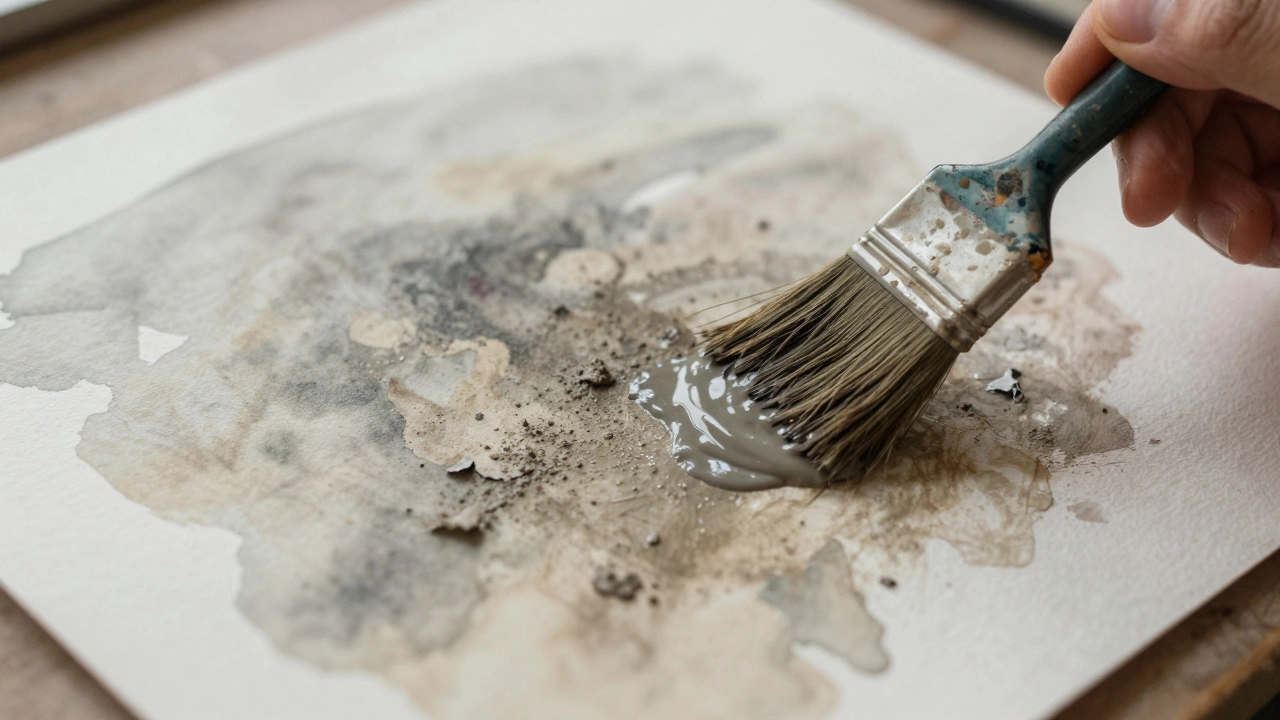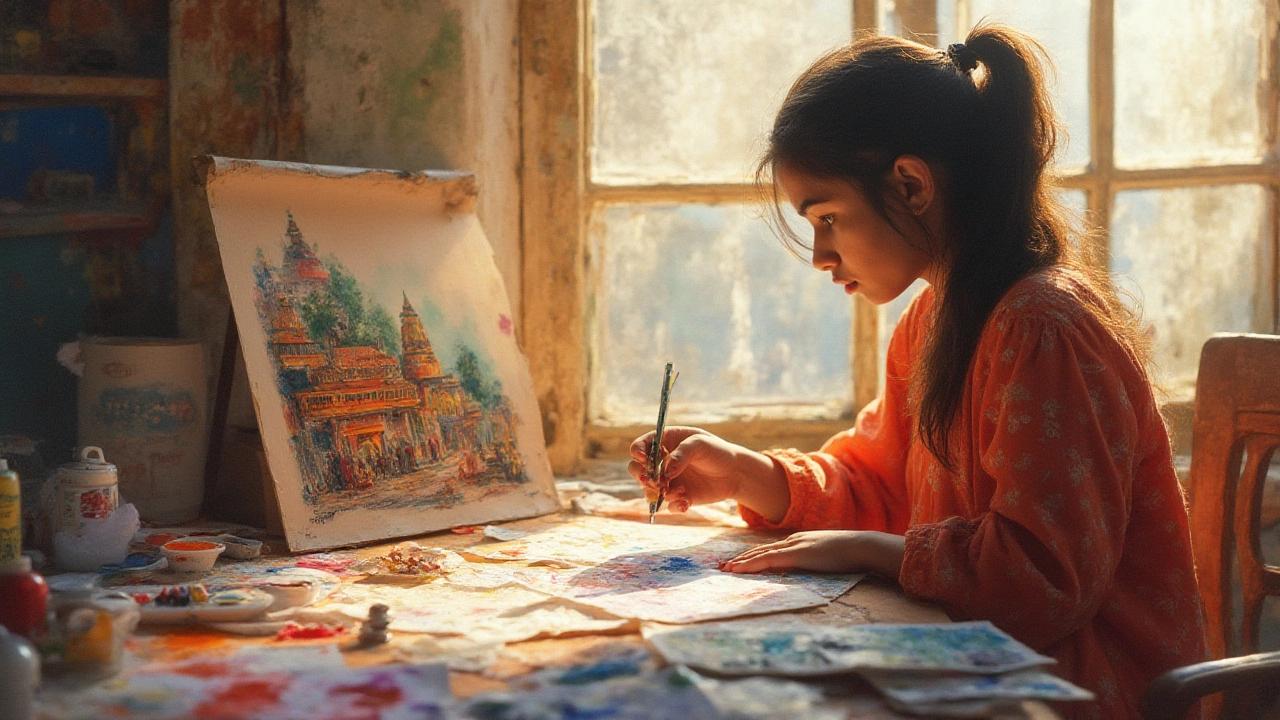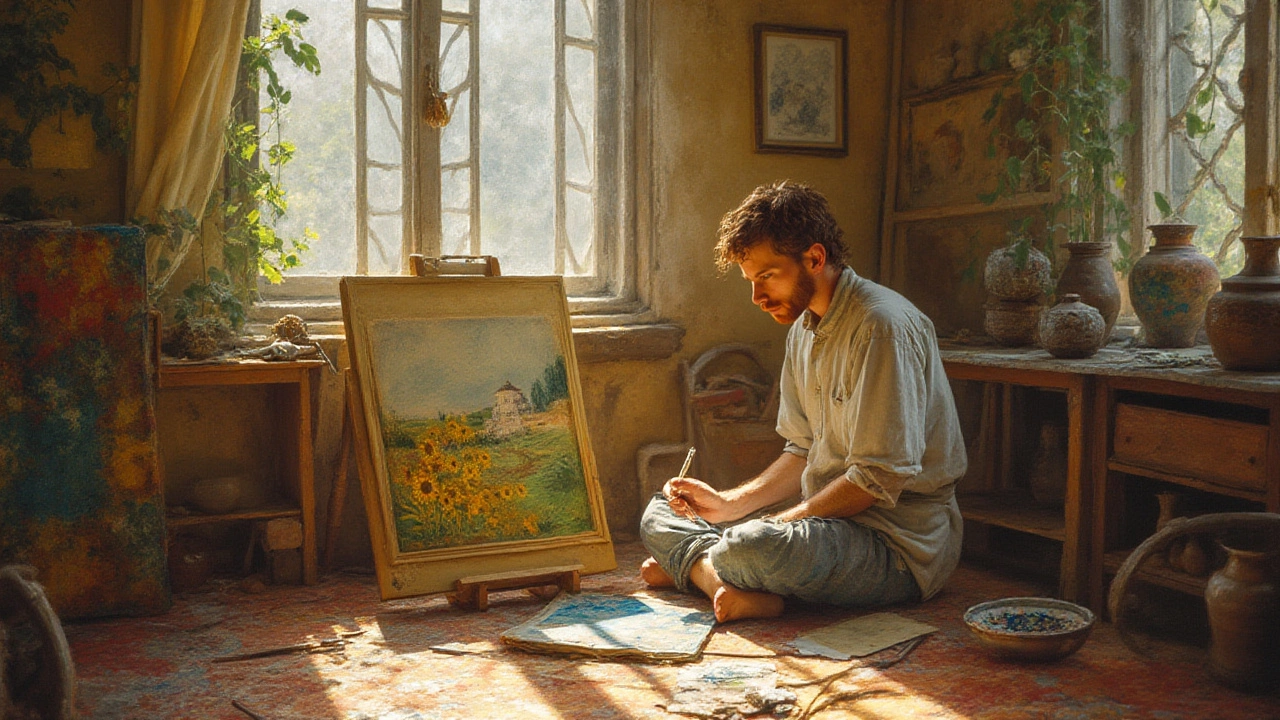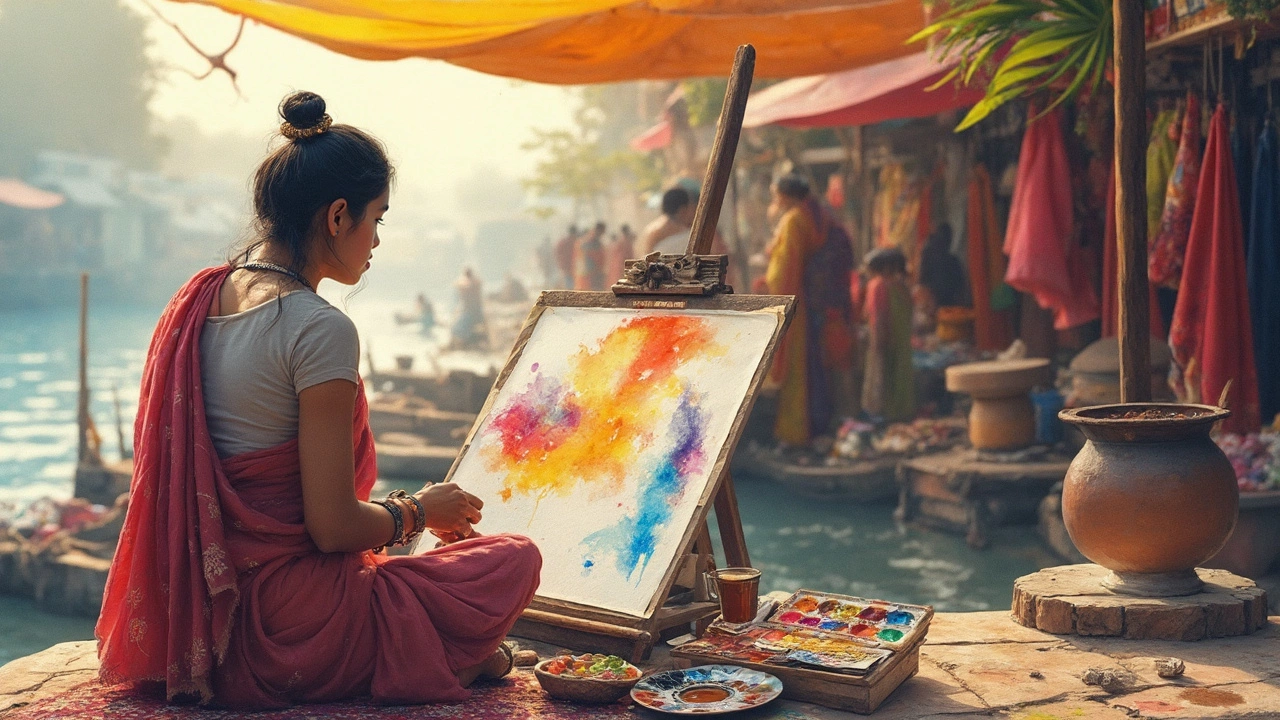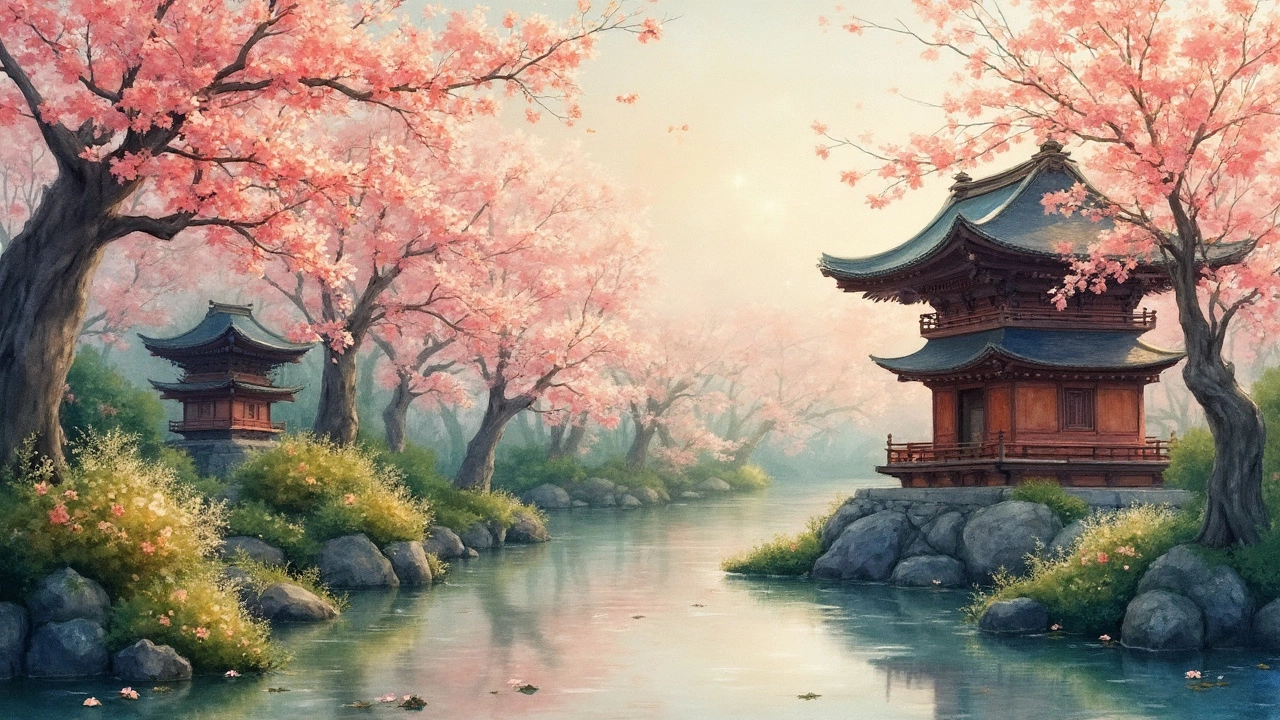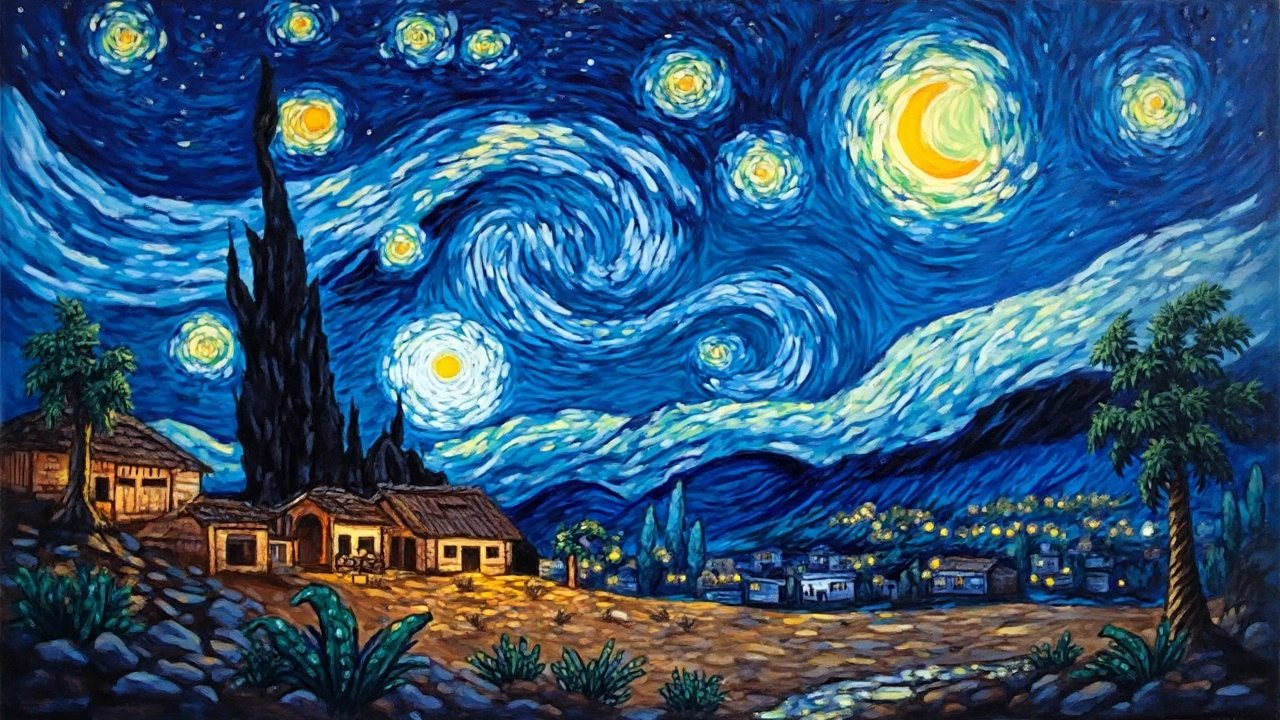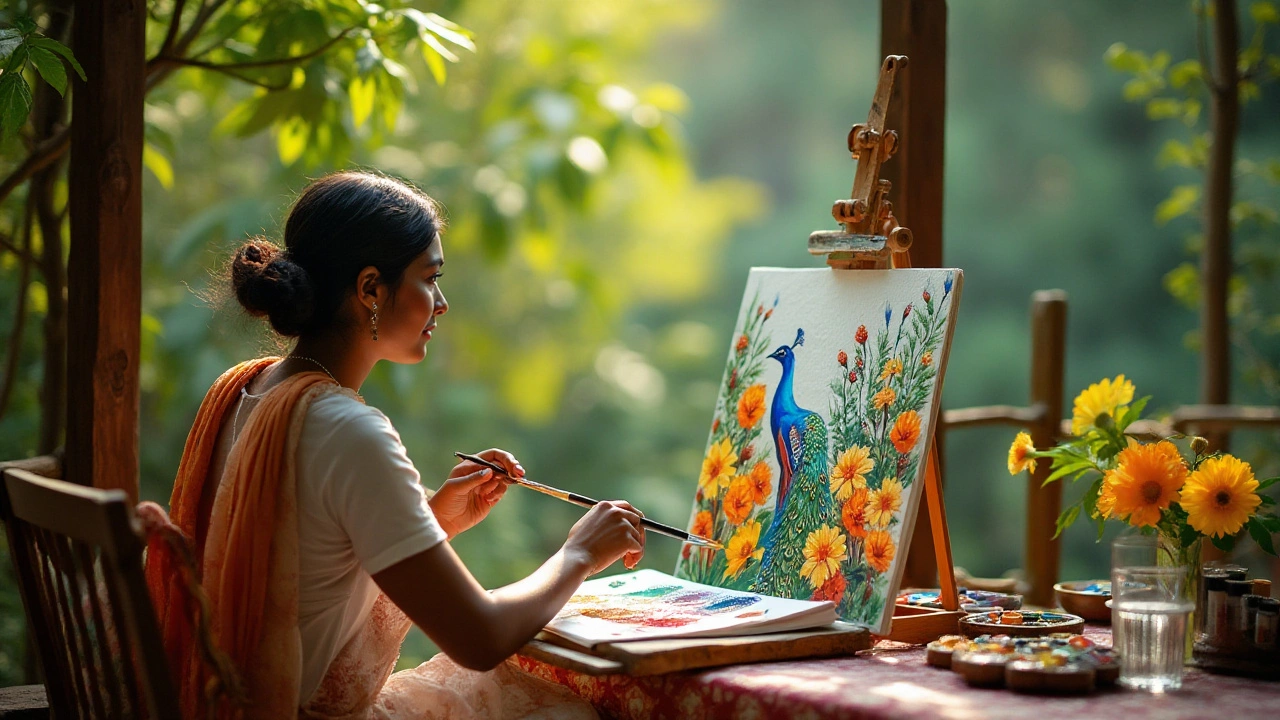Watercolor Painting: Basics, Tips & Inspiration
Ever wonder why watercolors look so fresh and dreamy? The secret is in the way the paint mixes with water and the paper underneath. If you’re just starting out, the good news is you don’t need a lot of gear—just a few brushes, some good paper, and a willingness to experiment.
First thing to know: watercolors dry light. That means the color you see on the palette will look softer once it’s on the paper. So if you want a deep hue, use more paint or let the layer dry and go over it again. This simple trick saves a lot of frustration when you’re trying to match a reference image.
Essential Tips for Beginners
1. Use the right paper. A 140 lb (300 gsm) cold‑press sheet gives you enough texture to hold the paint without tearing. You’ll notice the difference right away compared to thin sketch paper.
2. Don’t overload the brush. Dip the tip, then tap off extra water on a rag. Too much water makes the pigment spread uncontrollably and creates unwanted stains.
3. Work from light to dark. Lay down a wash for the background, let it dry, then add deeper colors on top. Trying to paint a dark shade first often leaves you with a muddy look.
4. Embrace wet‑on‑wet. If you splash a fresh wash onto a still‑wet area, the colors will blend naturally. This is great for skies, water, or soft shadows.
5. Practice lifting. While the paint is still wet, use a clean, damp brush to pull color away. It’s a quick way to fix mistakes without scrubbing the paper.
6. Keep a limited palette. Starting with just three or four colors helps you understand mixing. You’ll be surprised how many shades you can create from primary reds, blues, and yellows.
Watercolor in Art History
Watercolor isn’t just a hobby; many famous artists used it to explore ideas. Vincent van Gogh, for example, made a handful of watercolor studies that show his quick, bold line work. Those pieces reveal how he planned larger oil paintings, so looking at his watercolors can teach you about composition.
In Japan, watercolor (known as “sumi‑ganso”) has a long tradition. Artists there focus on delicate brush strokes and subtle color washes to capture nature’s fleeting moments. The Japanese approach emphasizes balance and restraint—something you can apply to any style.
Modern creators mix watercolor with digital tools, layering scans of their work in Photoshop or Procreate. This remix mindset fits right into VIP Remix Art Fusion’s mission: blending classic techniques with new media.
Ready to try a project? Pick a simple subject—a leaf, a cup, or a sunrise. Sketch the outline lightly with a pencil, then lay down a light wash for the base color. Add layers, lift where needed, and finish with a few dark lines for detail. You’ll see how each step builds the final piece.
Remember, every mistake is a lesson. Watercolor teaches you to accept surprise and turn it into art. Keep experimenting, and you’ll start seeing the medium’s unique magic in no time.
